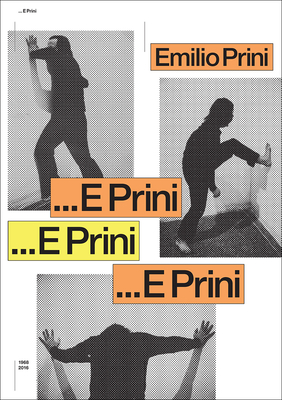相關主題
商品描述
Among the first artists in his generation to employ digital software in the creation of art objects, Craig Kalpakjian engages with both historical art discourses and contemporary issues. In his work, Kalpakjian focuses on the seduction of technology and digital space from a critical position, questioning utopian ideals and suggesting darker implications.
Intelligence considers the ideas of artificial intelligence exhibited by machines, as seen in the Sony AIBO robotic dog, and human intelligence, like that which is gathered through interpersonal contact by the US military in accordance with the "US Army Field Guides Manual on Interrogation," a guide that prohibits abusive techniques of torture. This publication is based on Kalpakjian's Black Box (2002), an artwork shown as part of his solo show at the Andrea Rosen Gallery that comprises an isolated AIBO robotic dog inside a constructed minimalist box. Over the course of the exhibition, the robot dog took photographic images of its environment, which were hung on the wall beside the box. Intelligence includes images produced during the exhibition, as well as a section that juxtaposes excerpts from the AIBO user's guide with those from the US military's interrogation manual. Also included is "The Tail Wags the Dog," an interview with Bob Nickas discussing the background and implications of both Black Box and Intelligence, an essay on Black Box titled "Shit Photographs" by curator Paul Wombell, and Gilles Deleuze's "Postscript on the Societies of Control," which examines issues revolving around the technology of social control and confinement.
Kalpakjian's Black Box was first exhibited in New York at the Andrea Rosen Gallery, in 2002, and as part of the 2013 Le Mois de la Photo Montr al, curated by Wombell.
Copublished with Kai Matsumiya, New York
Contributors
Gilles Deleuze, Bob Nickas, Paul Wombell












